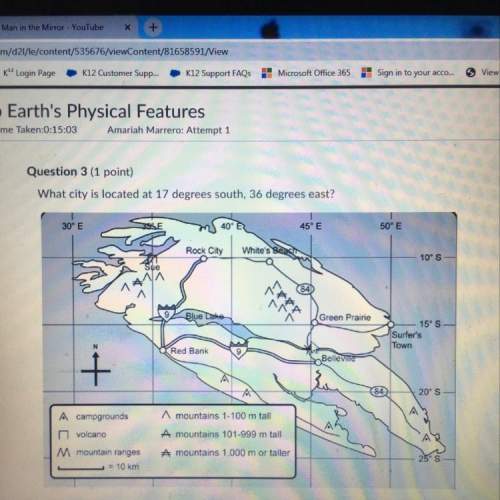
Enter your answer in the provided box. Remember to enter your answer to the correct number of significant figures. For the reaction: A(g) + B(g) → AB(g) the rate is 0.25 mol/L·s, when [A]0 = [B]0 = 1.0 mol/L. If the reaction is first order in B and second order in A, what is the rate when [A]0 = 3.1 mol/L and [B]0 = 3.5 mol/L?

Answers: 1


Other questions on the subject: Chemistry

Chemistry, 22.06.2019 00:00, ashleyjaslin
Which type of bonding involves the complete transfer of a valence electron from a less electrogrative atom to a more electronegative one
Answers: 1

Chemistry, 22.06.2019 14:30, amylumey2005
How can carbon move from "land" to bodies of water? describe the way human impact has lead to increased levels of co2 in the atmosphere.
Answers: 2


Chemistry, 22.06.2019 23:00, ceejay8005
The data below were determined for the reaction shown below. s2o82– + 3i – (aq) → 2so42– + i3– expt. # [s2o82–] (m) [i –] (m) initial rate 1 0.038 0.060 1.4 × 10 – 5 m/s 2 0.076 0.060 2.8 × 10 – 5 m/s 3 0.076 0.030 1.4 × 10 – 5 m/s the rate law for this reaction must be:
Answers: 1
You know the right answer?
Enter your answer in the provided box. Remember to enter your answer to the correct number of signif...
Questions in other subjects:


Biology, 20.08.2020 22:01

Social Studies, 20.08.2020 22:01



Mathematics, 20.08.2020 22:01

Biology, 20.08.2020 22:01

Mathematics, 20.08.2020 22:01





